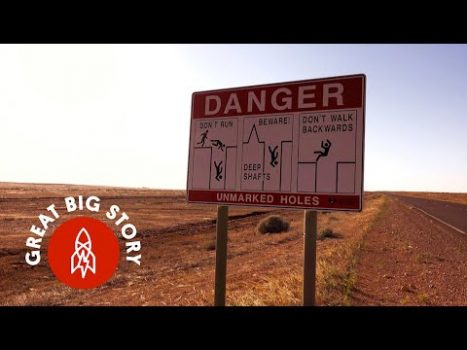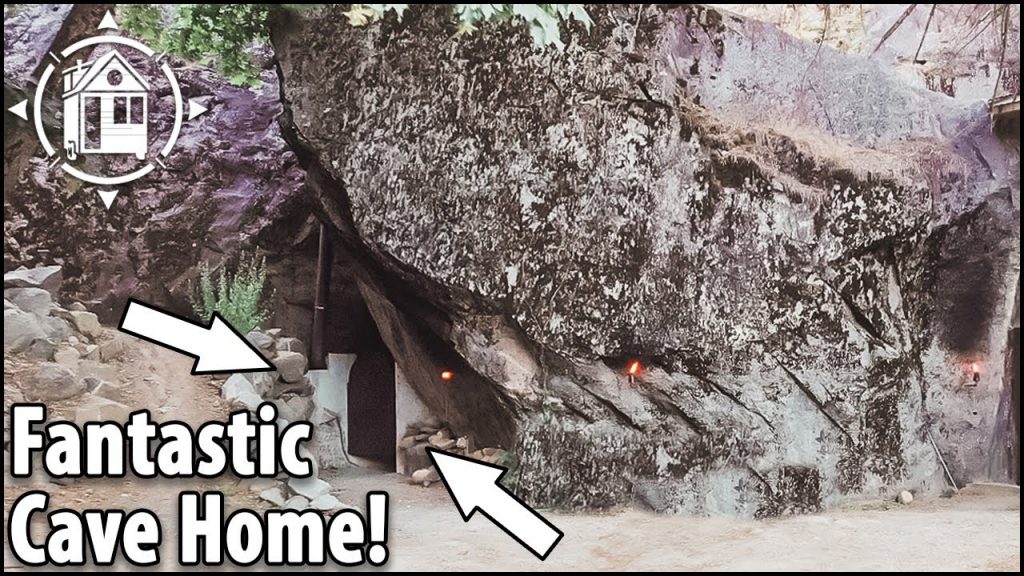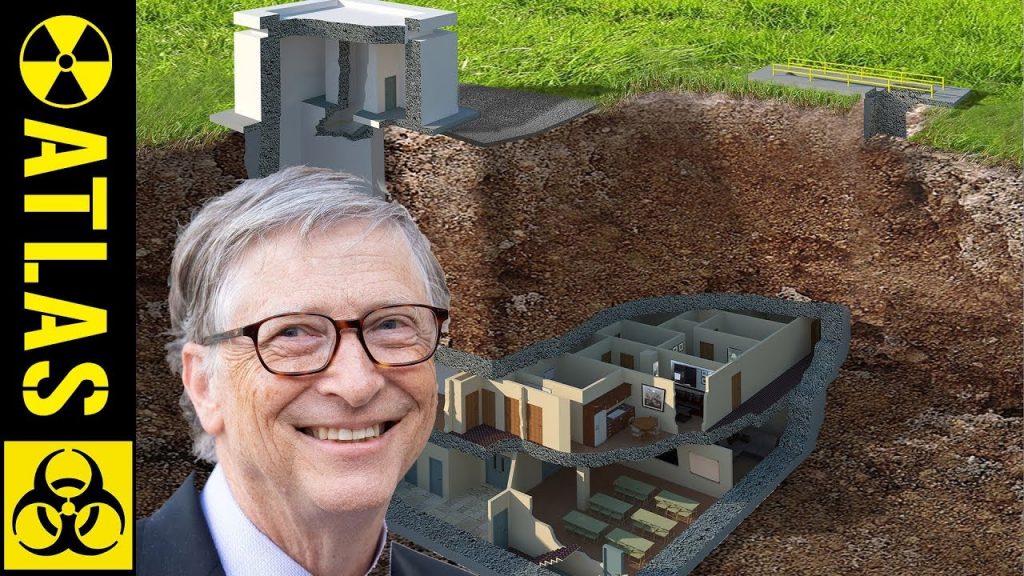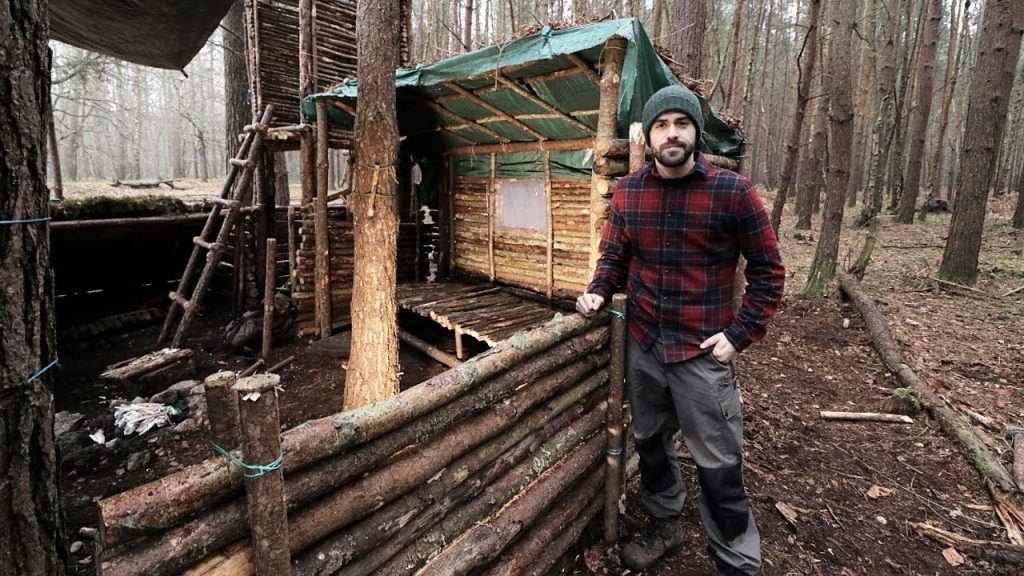Step Inside Australia’s Underground Homes

Coober Pedy is a small desert town in Australia where the entire population lives in underground homes.
With outside temperatures hovering over 100 degrees, residents made permanent homes in the cooler temperatures of old mine shafts.
What are the benefits of living in an underground home in Australia, and how do they compare to traditional above-ground homes?
Australia is a country well-known for its distinct landscapes and natural beauty. From the vast, open plains of the Outback to the pristine beaches of its coastline, it’s a place where nature seems to take center stage. However, hidden beneath the earth, there’s also an innovative housing trend taking hold in Australia – the underground home.
These unique homes are built almost entirely below ground level, providing a respite from the harsh Australian sun and protecting their inhabitants from the extreme heat of the desert. And while you might imagine that life underground would be dark and damp, the opposite is true – these homes feature light-filled, open spaces with polished concrete floors, soaring ceilings and floor-to-ceiling windows.
One of the most iconic underground homes in Australia is located in Coober Pedy, a remote mining town in South Australia. Once a bustling town, the area is now dotted with abandoned mines and makeshift homes. However, the underground dwellings are an enduring feature of the town, the most famous of which is the Desert Cave Hotel. Winner of multiple awards for its unique design, the hotel features 19 underground rooms, each one with its own private bathroom and spa.
But it’s not just in the outback that underground homes are gaining popularity. In the city of Adelaide, architect and builder Andrew Buckthorp has made a career out of designing and building underground homes. His company, Whispering Winds, specializes in energy-efficient earth-sheltered homes that are cool in summer and warm in winter.
Buckthorp’s latest project, a sleek and modern underground home in Adelaide’s eastern suburbs, is a testament to his passion for sustainable living. The home is built into a hillside, with a sweeping concrete roof that tops a light-filled, open living space. Floor-to-ceiling glass walls provide panoramic views of the surrounding landscape, while a central courtyard provides natural ventilation and light to the underground spaces.
According to Buckthorp, underground living has many benefits beyond just energy efficiency. “It’s a very peaceful way to live,” he says. “There’s a sense of serenity that comes from being below ground, away from the noise and bustle of the outside world.”
While underground homes are still relatively rare in Australia, the trend is catching on – and for good reason. Not only do they provide a cool, quiet oasis in the often-sweltering Australian climate, but they also offer a unique design challenge for architects and builders.
If you’re looking for a truly unique living experience that’s both sustainable and stylish, perhaps it’s time to consider stepping inside Australia’s underground homes.









Ex Spa Worker interview-Tiye
This Dream Tiny House Is A Total Game Changer
Inside David Harbour’s Custom-Renovated New York Loft
My FIRST Solo Flight in a Cessna 172! | ATC Audio
Shipping Container House – 3 bedrooms – Two 40 ft.